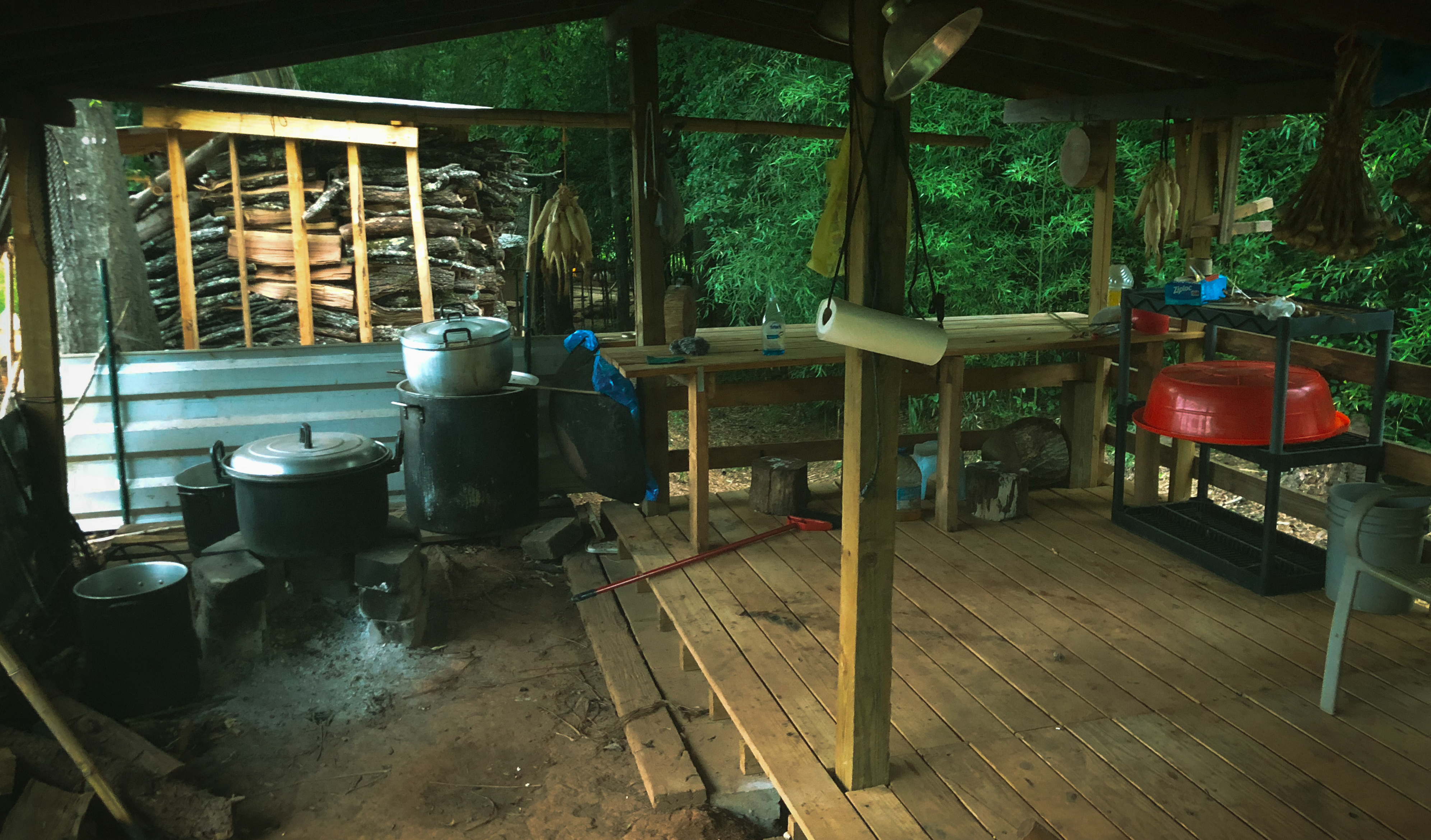David A Notes YOUR OFFWORLD INVESTMENTS IN ARTIFICIAL DUMBNESS PAID $? IN DIVIDENDS
Understanding software behavior

Note: cross-posted from my website, where I recently attempted to jot down some brief descriptions of the problem domain I’m currently focused on as well as some tools and techniques I am particularly interested in.
Cloud-based software systems should be considered among the most fascinating artifacts of human civilization. They provide the commercial and social infrastructure of modern life, with each of us probably interacting with many of them daily. We (quite reasonably) do so without any consideration of the dizzying complexity of the underlying software: vast interconnected information, control, and communication flows lurking behind the innocuous app icon on our mobile phone screen, continuously evolving to compete in the marketplace.
But somebody must pilot the Ship of Theseus. While software may ostensibly exist entirely in the pure realm of ones and zeros stored in some source code repository, the smooth and safe operation of a live production service is utterly dependent on the continuous attention of human experts working within carefully developed teams and processes.
However, these professionals cannot touch the CPUs nor smell the error messages. In order to operate our technology, we must use technology. Organizations achieve the extrasensory perception required to infer the state of their systems by instrumenting components to emit terabyte-scale streams of heterogeneous events and numerical measurements that are in turn consumed by a prosthetic nervous system built for the integration and processing of these signals, capable of transducing them into alerts, summaries, and data visualizations suitable for human consumption.
As the complexity and scale of systems continues to grow, a bottleneck is emerging at the interface between the human operators and this keyhole view into the machine world. It is therefore becoming necessary to investigate how we might push (some of) the higher-level “intelligence” across the divide, using automated methods to provide human users with more relevant information, richer contexts, and more powerful tools for exploring, formulating, and testing hypotheses about observed system behaviors. Machine learning and data mining technologies are natural candidate tools for this task.
Written on January 30th, 2020 by David M. Andrzejewski